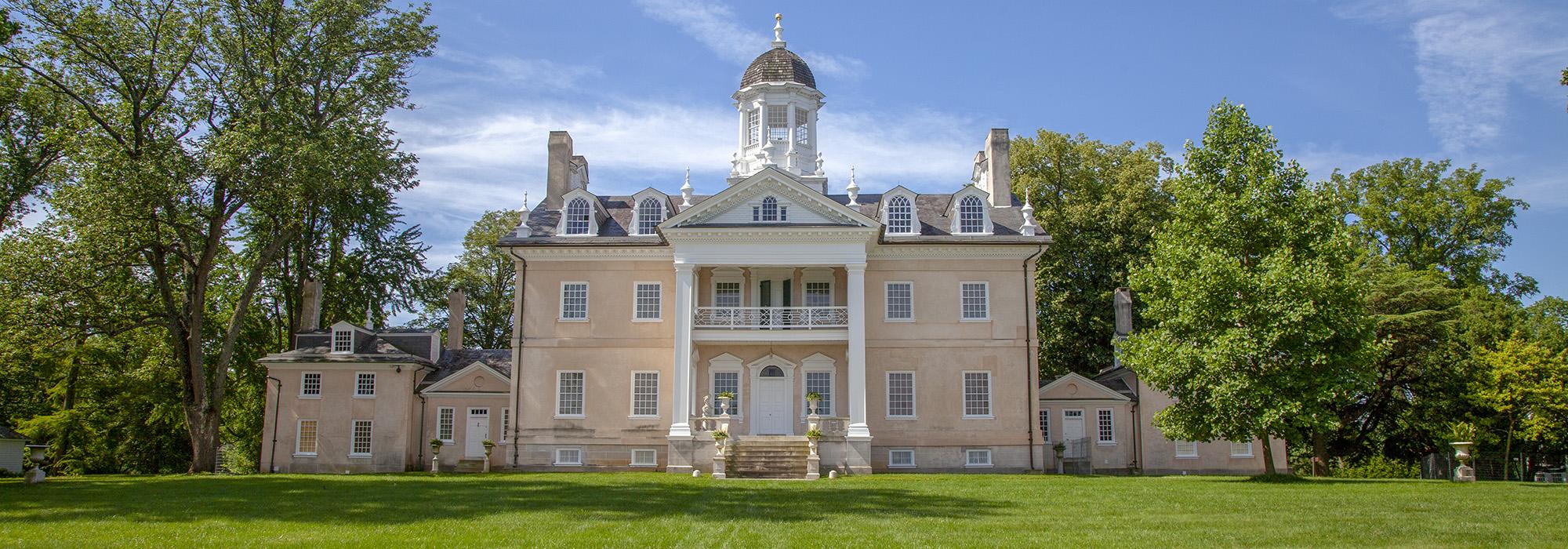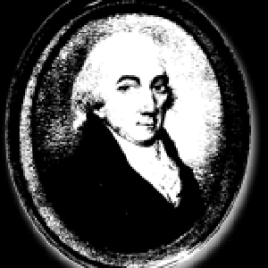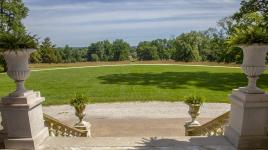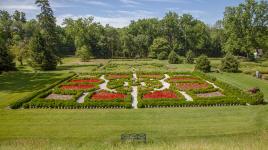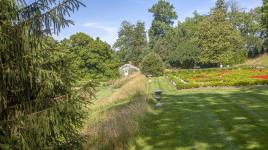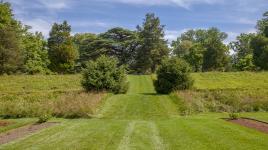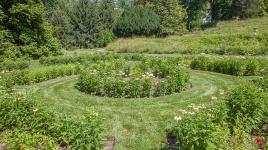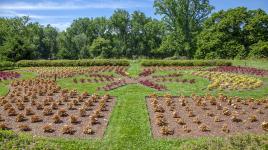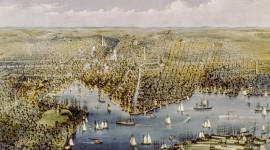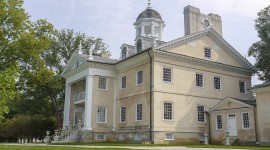Pioneer Information
Born in Warwickshire, England, Birch spent his early childhood apprenticing as a jeweler after showing little interest in formal education. Ultimately becoming a skilled engraver who was inspired by the work of Joshua Reynolds, he displayed his enamel miniatures at the Royal Academy in 1781 to wide acclaim, receiving a medal from the Society of Arts in 1785. In 1791 several of his engravings were published in a book titled Délices de la Grande Bretagne. Immigrating to America in 1794 and bringing with him a strong interest in landscape representation, Birch settled in Philadelphia, Pennsylvania, where he published a series of landscape views in a book titled The City of Philadelphia in the Year 1800. Birch’s interest in landscapes, coupled with the success of his publication, brought him commissions to design landscapes for wealthy patrons. He planned several gardens in Delaware and Maryland, of which perhaps the only surviving design is that of the Hampton estate (now the Hampton National Historic Landmark) in Baltimore, Maryland. After Charles Carnan Ridgely inherited the plantation in 1790, he wished to alter the grounds and improve the design of the gardens. Birch, who was touring cities along the Atlantic coast at the time, was hired for this purpose. He made several plans for the improvement of the grounds and the formal gardens, although these were modified by successive owners. Many of Birch’s ideas regarding the estate are, however, evident in the engravings he made of it. Birch’s second publication, The Country Seats of the United States, was met with a tepid response when released in 1808. Following the War of 1812, he reverted to selling his enamel miniatures as a primary means of income. He died in Philadelphia at the age of 79 and is buried in the city’s Mount Zion Cemetery.



